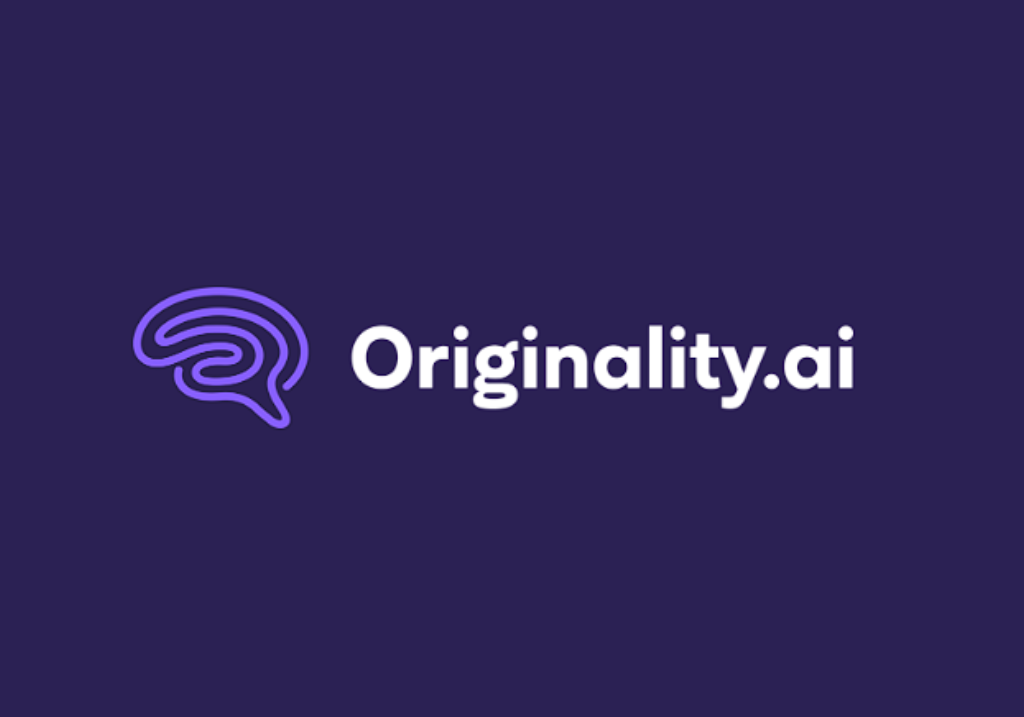In today’s digital age, where attention is the most valuable currency, content creators are constantly vying for eyeballs. Amidst this struggle, a new threat has emerged: AI-generated clickbait. While AI offers exciting possibilities for content creation, its potential for misuse is equally concerning.
As a content creator, your reputation hinges on delivering value to your audience. Falling into the trap of AI-generated clickbait can have serious consequences, eroding trust and alienating your followers. So, let’s dive deeper into this phenomenon and explore ways to combat it.
Must read: Top AI Content Writing Tools for WordPress to Supercharge Your Blog in 2024
The Siren Song of AI-Generated Clickbait
AI-generated clickbait refers to content created by artificial intelligence algorithms with the sole purpose of attracting clicks, often at the expense of quality and substance. It preys on our curiosity, using sensational headlines and misleading previews to lure us in, only to leave us disappointed with shallow, irrelevant, or even inaccurate content.
The allure of AI-generated clickbait for some content creators lies in its potential to quickly generate a high volume of content with minimal effort. However, this short-term gain comes at a significant long-term cost.
Recognizing the AI Clickbait Wolf in Sheep’s Clothing
Spotting AI-generated clickbait requires a discerning eye. Here are some tell-tale signs:
- Sensational Headlines: Headlines that promise shocking revelations, unbelievable stories, or quick fixes often mask shallow content.
- Misleading Previews: Previews that create a sense of urgency or mystery but fail to deliver on their promises are a classic clickbait tactic.
- Generic or Repetitive Content: AI algorithms, while powerful, often lack the creativity and nuance of human writers, leading to generic or repetitive content.
- Lack of Authoritative Sources: Clickbait often lacks citations or references to credible sources, making it difficult to verify the information presented.
- Emotional Manipulation: Clickbait often plays on our emotions, using fear, anger, or excitement to drive clicks.
Read more: The Future of SEO in a World Dominated by ChatGPT
The Fallout of AI-Generated Clickbait
The consequences of relying on AI-generated clickbait can be far-reaching:
- Loss of Audience Trust: When your audience consistently encounters low-quality content, they lose trust in your brand and are less likely to engage with your future content.
- Damage to Brand Reputation: Your brand’s reputation is built on the value you provide. Clickbait erodes this value, associating your brand with cheap tactics and empty promises.
- Decreased Organic Reach: Search engines and social media platforms are increasingly prioritizing quality content. Clickbait can negatively impact your organic reach, making it harder for your audience to find you.
- Missed Opportunities for Genuine Engagement: Clickbait may generate initial clicks, but it rarely leads to meaningful engagement. You miss out on building a loyal community of followers who genuinely connect with your content.
Standing Out in the Age of AI: Quality Over Quantity
The key to thriving in the age of AI lies in prioritizing quality over quantity. Here are some actionable tips to create content that stands out:
- Know Your Audience: Understand their interests, needs, and pain points. Tailor your content to provide genuine value and address their specific challenges.
- Focus on Originality and Authenticity: Share your unique perspective and voice. Don’t be afraid to showcase your personality and expertise.
- Thorough Research and Fact-Checking: Back up your claims with credible sources. Provide evidence to support your arguments and build trust with your audience.
- Compelling Storytelling: Craft narratives that captivate and engage. Use storytelling techniques to draw your audience in and leave a lasting impression.
- Visual Appeal: Enhance your content with eye-catching visuals. Use images, videos, and infographics to break up text and make your content more engaging.
- SEO Optimization: Conduct keyword research and optimize your content for search engines. This will help your audience find your content organically.
- Promote on Social Media: Share your content on social media platforms and engage with your followers. Build relationships and foster a sense of community.
- Measure and Analyze: Track your content’s performance and use data to inform your future strategy. Identify what resonates with your audience and refine your approach accordingly.
Publishing spammy AI SEO content can have a negative impact on your website’s traffic and revenue. Google penalizes websites that publish AI-generated content, and may deindex them from search results. MediaVine, an advertising provider, has also cracked down on sites that rely on AI-generated content. In the case study of the “AI Clickbait Kingpin,” his websites saw their monthly organic traffic drop to zero after Google updated its algorithms.
Embrace AI as a Tool, Not a Crutch
AI can be a valuable asset in your content creation toolkit, but it should never replace your own creativity and critical thinking. Use AI to:
- Generate ideas and outlines: AI can help brainstorm topics and structure your content.
- Conduct research and gather data: AI can quickly access vast amounts of information and provide insights.
- Proofread and edit: AI can help catch grammatical errors and improve clarity.
However, always remember that AI is a tool, not a replacement for your own expertise and judgment.
In Conclusion
As content creators, we have a responsibility to uphold the integrity of the online information ecosystem. Resist the temptation of AI-generated clickbait and focus on creating high-quality, engaging content that genuinely connects with your audience.
By prioritizing authenticity, value, and meaningful engagement, you will build a loyal following and establish yourself as a trusted authority in your niche. Remember, in the battle for attention, quality always triumphs over quantity.



